Cart
No products in the cart.
£45.00
WW1 Barbed Wire Roll Carrier
In stock
Flat folding Barbed Wire spool carrier.
During World War I, barbed wire was used for both defensive purposes and as a trapping mechanism. Soldiers would defend their trenches with barbed wire by installing the barbed wire a distance away on the ground from the tops of their trenches. When used as a trap, artillery and gun fire were sometimes used specifically to direct enemy soldiers into already constructed barbed wire snares.
By the outbreak of the First World War, Europe’s militaries had long since added barbed wire to their inventories. After the First Battle of the Marne and the rise of static trench warfare on the Western Front, barbed wire appeared on both sides of No Man’s Land in ever increasing quantities. It seemed as if factories on both sides of the conflict couldn’t produce the stuff fast enough. Barbed wire was typically laid out in long zigzagging strips or in belts running parallel to the trenches, often several rows and dozens of feet deep. Some wire obstacles were a little over knee-high to trip up and ensnare attackers, while the more heavy-duty barriers stood six feet tall or more to deter frontal assaults. Wire fields, particularly those on Germany’s densely fortified Hindenburg Line could reach as far as 300 feet out into No Man’s Land. While the obstacles were intended to prevent enemy raiders from getting within grenade-lobbing distance of a trench or observation post, the wire would also be laid out to funnel masses of charging soldiers into pre-arranged machine gun kill zones. Engineers on both sides even configured elaborate wire “traps” that featured deceiving gaps in the otherwise formidable barriers. Soldiers would charge through these inviting openings into pre-sighted enfilades where they would be slaughtered wholesale.
One of the more dangerous jobs on the Western Front was to be part of a wiring party. Teams of soldiers were regularly ordered from their trenches out into No Man’s Land at night to repair wire or lay down new barriers. Soldiers would drive stakes into the ground using rubber mallets and blankets to muffle the sound and then unspool and string up the wire as quietly as possible, while frequently having to dive for cover when flares intermittently illuminated the landscape. Laying a segment of wire under such conditions could take several hours. In areas where opposing trenches were only 100 yards apart or less, it wasn’t unheard of for wiring parties from opposing sides to blunder into each other in the darkness.
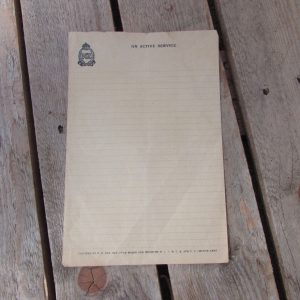
World War I
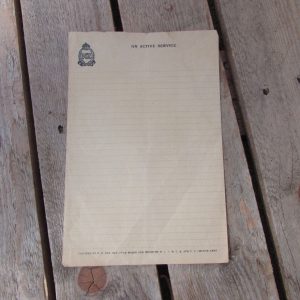
World War I


Featured Items, Sale, R F C & R A F, World War I
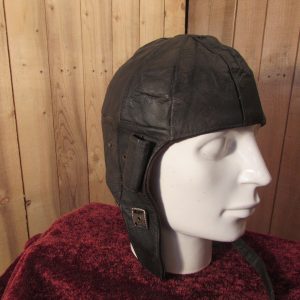

Helmets, World War I

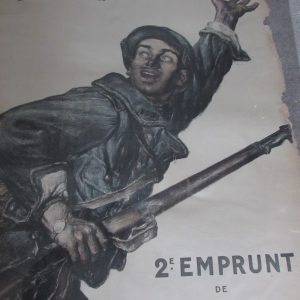
Featured Items, World War I
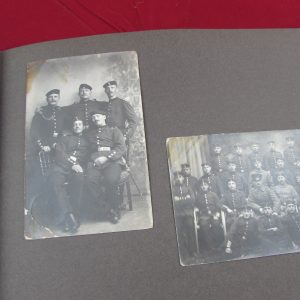

World War I, World War II, Ephemera & Photographs
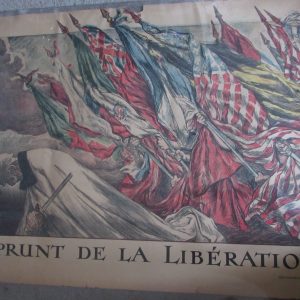

World War I
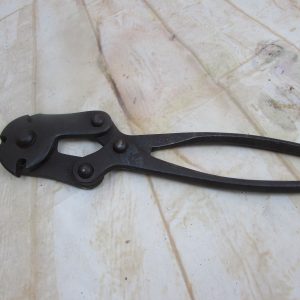
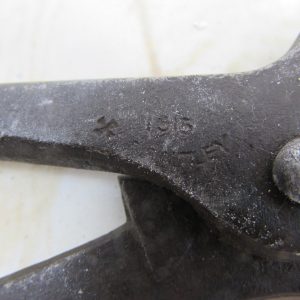
World War I
